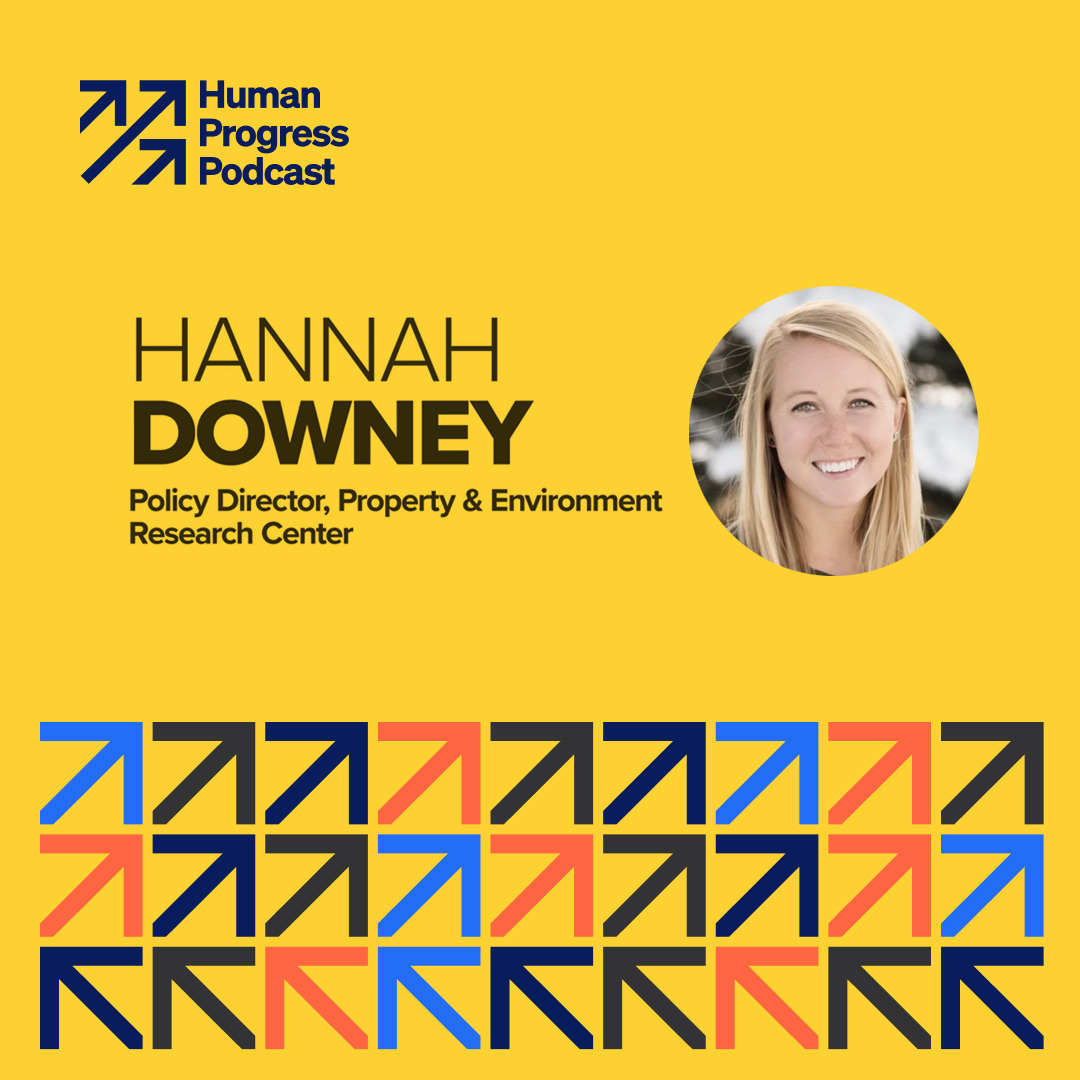The COVID-19 pandemic and the accompanying lockdowns reduced global CO2 emissions by 7 percent last year. Some environmentalists, such as the University College London professor Mariana Mazzucato, have thus wondered about the feasibility of future “climate lockdowns … to tackle a climate emergency.” Yet even if we ignore the negative consequences of the lockdowns on broader health outcomes and human psychology, Mazzucato appears to fail to account for the well-known correlation between economic prosperity and environmental quality.
Lockdowns have contributed to around 100 million people, most of them living in the developing world, sliding back into extreme poverty. While they may have lowered the CO2 emissions in the short term, by increasing absolute poverty, the lockdowns may cause massive environmental destruction in the long term. Simply put, people can afford to care about the environment only when they have enough income to cover their basic needs. If their survival depends on killing an endangered animal or cutting down a rare tree, then so be it.
The Environmental Kuznets Curve (EKC) hypothesis posits that environmental damage increases in tandem with economic growth, but only until a certain level of income is reached. Once people are wealthy enough not to have to worry about day-to-day survival, environmental degradation stops, and ecosystems begin to recover. The environmental scientist Jesse H. Ausubel, for example, suggests that once a nation achieves a GDP per capita of $6,200 (in 2021 dollars), deforestation stops or afforestation occurs.
In fact, forest coverage is growing in China, Russia, India, and Vietnam – all emerging economies that reached the $6,200-mark. The curve is even clearer in wealthy regions like North America and Europe – both of which have more trees today than they did a century ago. The UK, for example, has more than doubled its forest area in the last 100 years. Conversely, deforestation continues in poor African and Latin American countries. Scientists have found that the EKC holds true in all manner of environmental domains, including water pollution, carbon dioxide emissions, nitrogen, sulphur, and biodiversity.
While it is too early to gauge the impact of the lockdowns on forest coverage, the lockdowns have already wreaked havoc on endangered species and protected habitats in the developing world. In Kenya, the killing of giraffes has skyrocketed. Given that a tonne of giraffe meat is worth about $1,000 (i.e., almost seven months of the average Kenyan salary), it is unsurprising that desperate locals have resorted to slaughtering the endangered animal. Kenya’s Mara Elephant Project also recorded that illegal logging in the region peaked in the months following the first lockdown. In Botswana, government workers had to evacuate dozens of critically endangered black rhinos from the Okavango Delta after six of the animals were found dead after the lockdowns were implemented.
In Colombia, the poaching of endangered pumas and jaguars has also rapidly increased. In India, tiger numbers were steady, as incomes have increased, for the last two decades. But, since the lockdowns were imposed, various reports have highlighted an upsurge in tiger poaching and illegal hunting. Similarly, in India’s Western Bengal region, where over a million jobs have been lost due to the lockdowns, the local authorities have reported the first-ever instance of illegal ivory poaching in the region. The problem of illegal poaching is exacerbated by the fact that park rangers in some countries have been left without work and income. The animals, in other words, have lost their human protectors.
The World Economic Forum recently acknowledged that the significant increase in bushmeat harvesting and wildlife trafficking in Africa “is directly linked to COVID-19-related lockdowns.” Similarly, the UK-based wildlife charity called People’s Trust for Endangered Species has warned that “unintended consequences” of lockdowns could undo “decades of work” devoted to animal protection.
Fortunately for mother nature, as economies begin to recover from the government-mandated lockdowns, the number of people who rely on illegal activities will decrease, and biodiversity will slowly recover. However, the EKC and the wretched impact of lockdowns on poverty and biodiversity teaches us an important lesson – true environmentalists should seek to prioritize economic growth, not lower it. Poverty-reducing policies, such as strong property rights, freedom to trade, lower regulation, and few burdensome taxes, as shown annually in the Fraser Institute’s Economic Freedom of the World Report, remain some of the most reliable ways of raising economic prosperity for all.
In conclusion, poor people depend on mother nature to survive. Rich people, in contrast, can decouple themselves from the environment, protect wildlife for future generations, and return vast swathes of land to nature. Now, what environmentalist wouldn’t want that?





